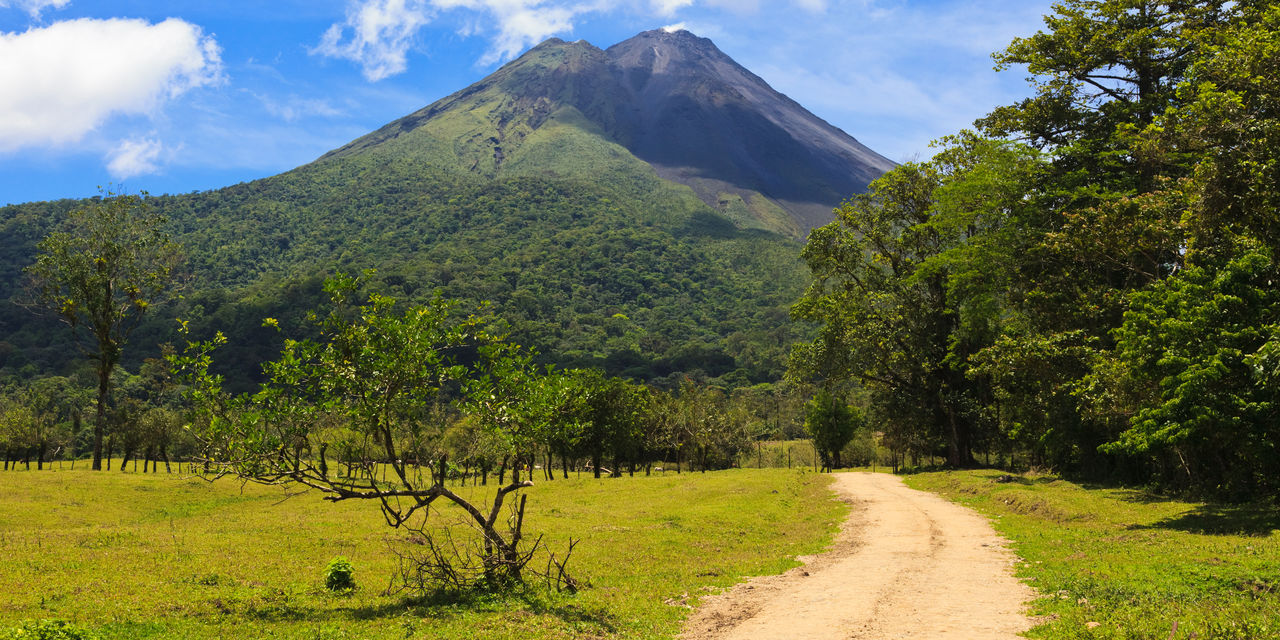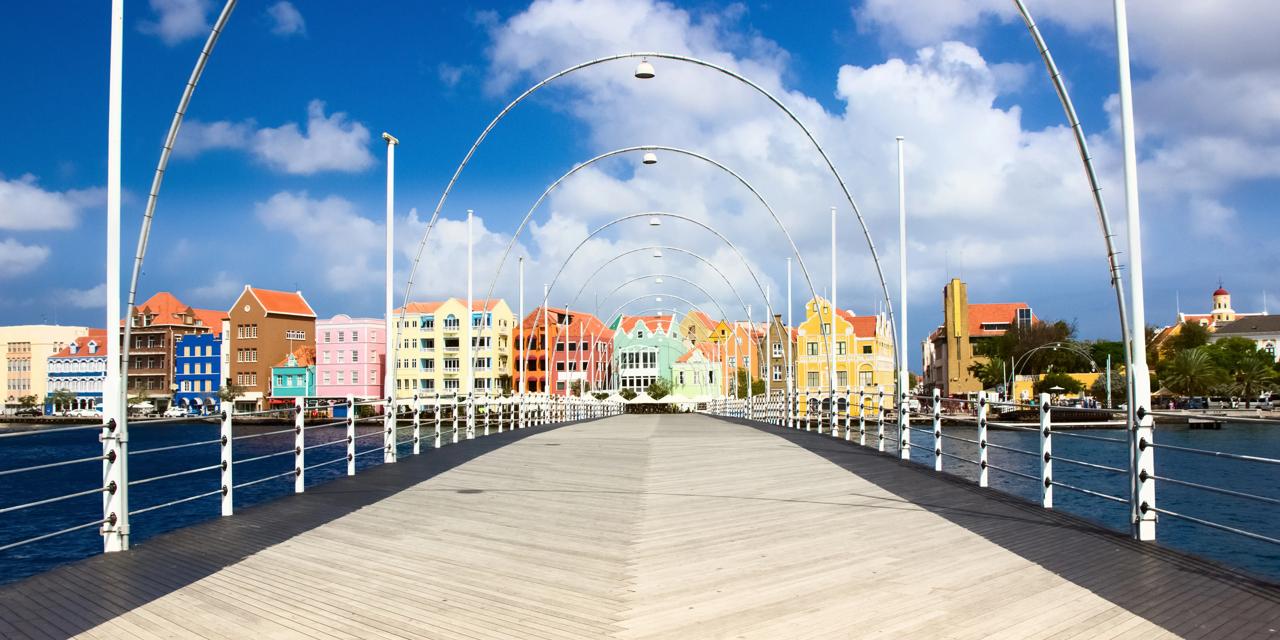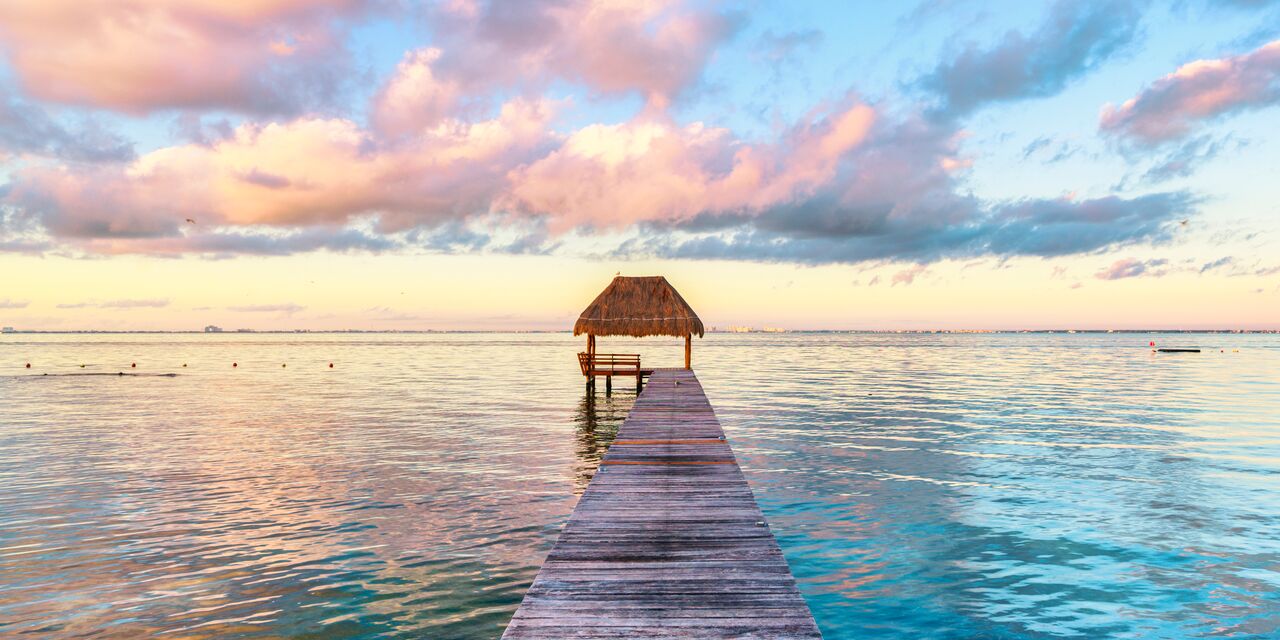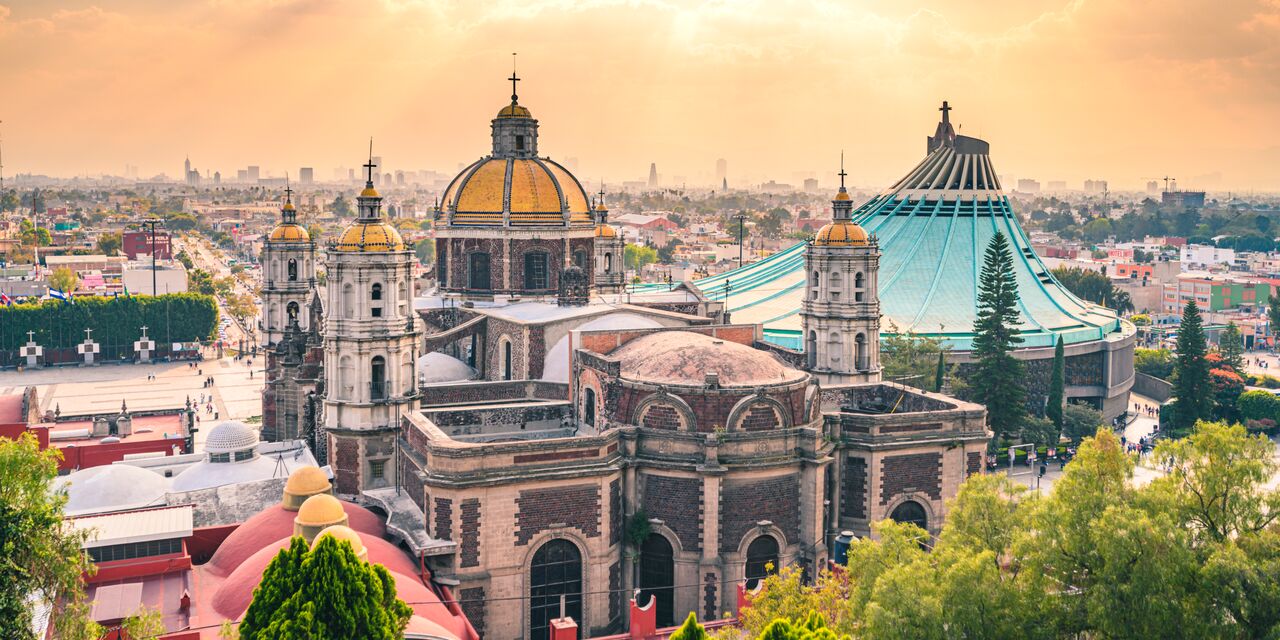The Museum of the Revolution
The impressive building on the Plaza de la Revolución was once the Presidential Palace of Cuba. It now houses the Museo de la Revolución. The palace, which has a turbulent past, was world news in 1957 when a group of students rose up in rebellion against the former regime.
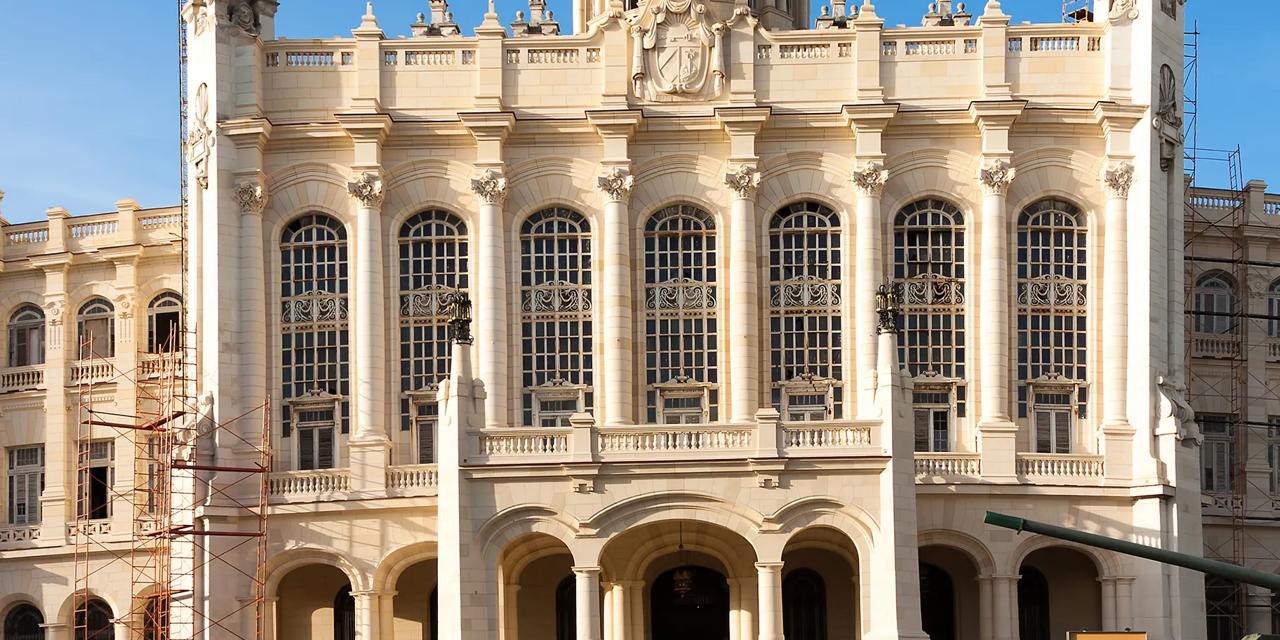
The revolution in a nutshell
The Cuban Revolution began in 1952 after the ex-sergeant and former president Fulgencio Batista seized power. Many Cubans were furious about this coup d’état, among them the young Fidel Castro who immediately made plans to overthrow Batista and start a Marxist movement, the 26th of July Movement. After a failed attack in 1953, Castro and his rebels were rounded up and imprisoned. International criticism of Batista’s dictatorship continued to increase. To meet the demands of the global community, Batista released the political prisoners in 1955. Castro and his followers fled to Mexico, where they made further plans to dispel Batista. Among those rebels were Che Guevara and Camilo Cienfuegos. In the meantime, the revolution in Cuba continued unabated, the absolute milestone being the storming of the Presidential Palace by a group of students on 13 March 1957. The rebellion was struck down with much bloodshed and virtually all of the demonstrators were killed, an event that shocked the entire world. At the end of 1958, Batista could no longer carry on and, during the night of 1 January 1959, he fled Cuba. One day later, Guevara and Cienfuegos marched into Havana. Castro took longer because he celebrated his victory enthusiastically and spoke to large masses of frenzied Cubans in every city and village along his way. He did not arrive in the Cuban capital until 8 March 1959.
Castro’s boat
Starting at the top floor of the museum, you slowly delve into Cuban history, from the pre-Columbian era to the current social regime, naturally with the customary propaganda. The lovely Salón de los Espejos (Hall of Mirrors) was designed in imitation of the hall of the same name at the Palace of Versailles. A must-see is the ‘Granma’, the boat used by Fidel Castro and 81 soldiers when he returned in 1956 from hiding in Túxpan, Mexico. The boat is displayed as a monument in a small space behind the museum and guarded 24 hours a day.
Discover other destinations in Central America
*The displayed prices are for one adult. All amounts are in USD. Taxes and surcharges are included. No booking fee is applicable. Prices shown may vary depending on fare availability.
The weather forecast information is provided by World Weather Online. Air France-KLM is not responsible for the reliability of this data.








